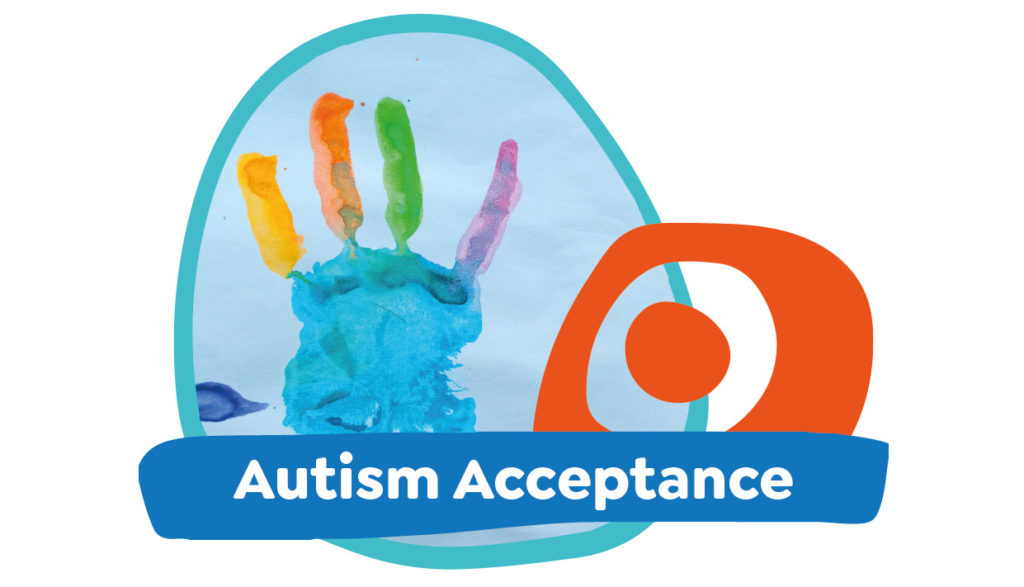
April marks Autism Acceptance Month. On 2nd April, people from across the world get together to talk about creating a society that works for Autistic people.
At Seashell, our Autism experts work with colleagues across the Trust to create inclusive environments and deliver the best support. Here are their top five tips for working with autistic people.
- Understand that everyone is different
Remember ‘if you have met one autistic person, you have met one autistic person’. Autism is a ‘spectrum condition’ which means that every person might have very different experiences. - Consider sensory differences
Many autistic people experience and process sensory information in different ways. They might be very sensitive to sounds, smells, or bright lights. Other people might not get enough of this information into their body and may ‘seek out’ certain sensory experiences. - Think about how you are communicating
Lots of verbal information can be overwhelming. Visual support (such as written information or pictures) can often help with understanding and reducing anxiety around communication. - Find creative ways to interact
Just because a person does not want to interact in the way you might be used to doesn’t mean they don’t want to at all! Join a person in their activities and socialise in the way that they would like to - Celebrate differences
Autism is a difference, not a deficit. There are some things that autistic people might find more difficult but they will also have a great many strengths. Work to these strengths and interests!
Seashell have been Autism Accredited with the National Autistic Society for a number of years and have recently received ’Advanced Status’ across the Trust. This means that our services are deemed to provide highly creative and very personalised support to enable each autistic person to achieve positive outcomes.
Seashell Autism Practitioner, Joe Booker said: “Participating in the programme offers us opportunity to reflect on how we can create the ideal environments and offer the most appropriate support to enable our learners to reach their full potential.”


